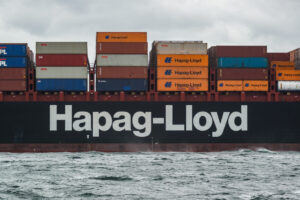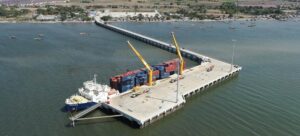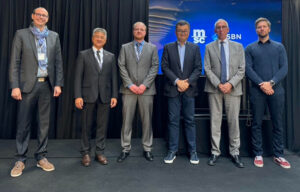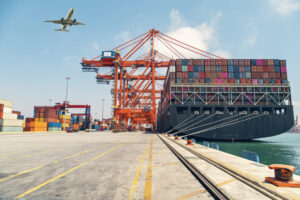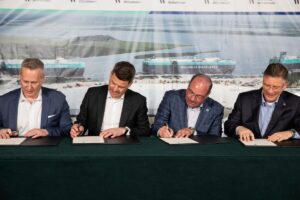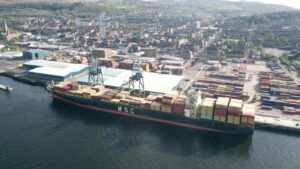There are many definitions to the word ‘smart’ in the context of the global port and terminal network. Some industry experts believe that being smart relates more to the mind-set of a given port or terminal, where policy decisions and smart use of resources takes precedence over technology and innovations.
“Smart ports are the only ports that will survive,” argues Olaf Merk, Administrator for Ports and Shipping at the ITF of the OECD, “Smart means to me: no waste of space, time, money and natural resources.
“These [factors] correspond to the current challenges of ports: spatial constraints, pressure on productivity, fiscal limitations and the need to be green. Technology and innovations can help, but being smart is also a mind-set. A smart port policy, for example, could be to maximise local value, rather than maximising cargo flows.”
Technical Paper: The New Era of Mega-Ports
On the other hand, technology and innovation, such as the Internet of Things, are said to be a driving force behind smart port productivity. This type of technology, in the form of physical and IT infrastructure, could be the best way to see benefits in a smart port environment. But which technologies and infrastructure are required to build a smart port?
(Source: iStock)
“The ultimate smart port may be the fully automated port where all devices are connected via the so-called Internet of Things”, believes Peter Lundgren, Sales Director at JLT Mobile Computers, “As elsewhere, the major drivers in smart ports are productivity and efficiency gains, and we are starting to see examples of this type of smart port around the globe.
“In port operations we see an integration of various infrastructures, both physical and IT. That includes different network technologies like radio, LAN, WAN and WLAN, RFID and positioning technologies.”
The effectiveness of the smart port environment may lie in the technology and smart practices’ ability to be able to work together to effectively share information, both for the benefit of ports and for its customers. A recent Technical Paper from Miguel Montesinos of Pro Develop recently articulated how information sharing is a must when citizens and business partners require information to reinforce a relation with a particular port, as was the case at the Port of Cartegena.
Technical Paper: Smart Port: Port Information in Your Hand
Mr Lundgren continues: “A key element to all this is some sort of repository (internal cloud) gathering information about all events related to the port. When analysed and presented in a smart way, that data can help achieve the goal of doing things smarter.
“Effectiveness can be measured from many angles. At the end of the day it is the actual TEU throughput that counts. There are also other important measures like CHE utilisation rate, turnaround time, time spent in a truck (by the driver) and km driven by the truck.”
This kind of logistics infrastructure is something which the Port of Hamburg has implemented into its operational DNA through its ‘smartPORT’ logistics strategy. Jens Meier, CEO of the Port of Hamburg Authority recently explained how the aim of this strategy was to allow the Port of Hamburg to develop intelligent solutions for traffic and trade flows in order to optimise the flow of information and efficiently manage trade flows at the port.
Technical Paper: Port of Hamburg: smartPORT
“In the end there is more than one tool needed to achieve the goal in becoming a smart port. In order to optimise traffic flows and the flow of goods we introduced a cloud-based information and communications platform called SPL (smartPORT logistics).
“More efficient traffic management is made possible by interlinking the information and communication systems. This is how we keep the current traffic situation in the entire port area under control and are able to plan proactively.”
So, opinions on smart ports are divided, but where these thought paths cross is when efficiency is taken into consideration. Whether ports rely on smarter practices or by implementing smart technology and physical infrastructure, the common dominator is achieving greater productivity and efficiency using both methods.
With these strategies in mind, one must ask oneself, how smart is my port?



